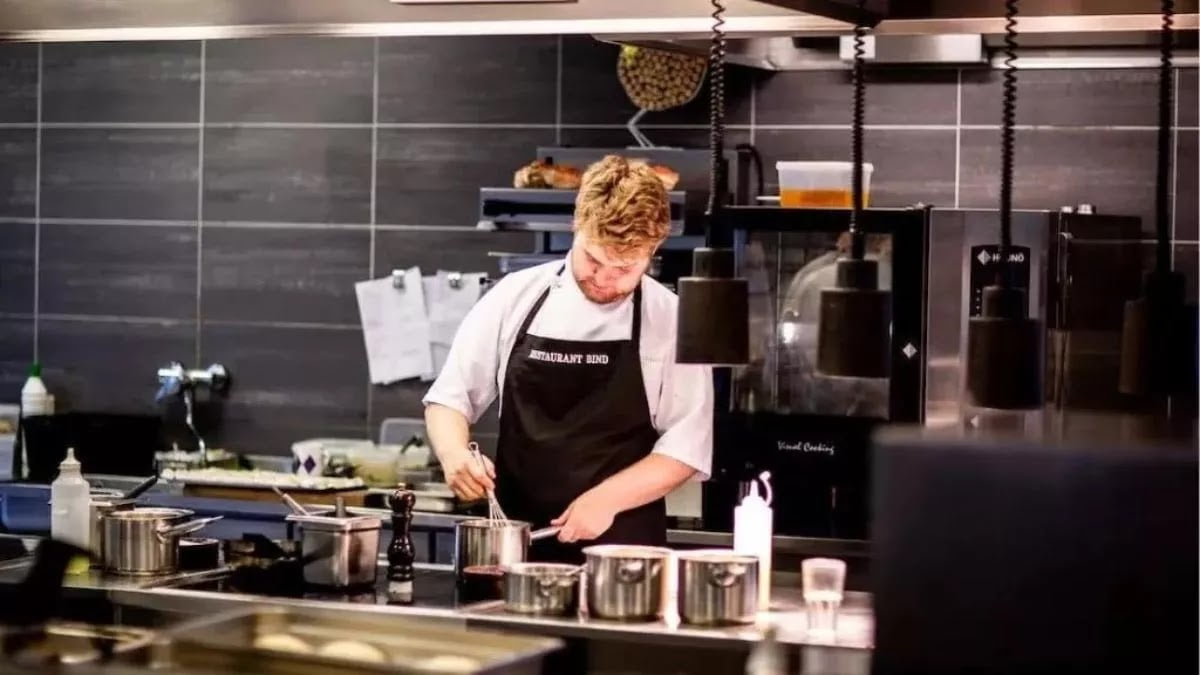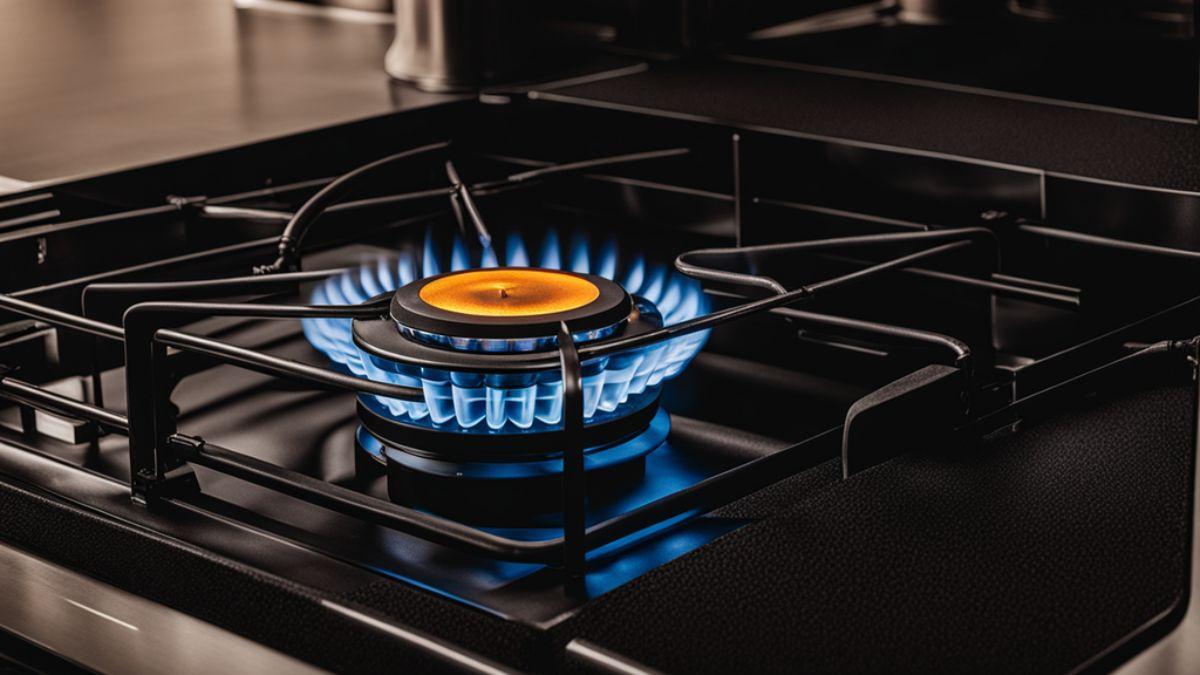
We may earn money or products from the companies mentioned in this post.
Cookware is an essential part of every kitchen, serving as the foundation for preparing delicious meals. Its history is a captivating journey that reflects the ingenuity of human civilization. Over the ages, cookware has evolved from simple clay pots to sophisticated high-tech appliances, revolutionizing the way we cook and enjoy food. In this blog post, we will explore the fascinating history of cookware, from its early beginnings to the modern-day marvels that grace our kitchens.
Early Beginnings: Cooking in Clay
The origins of cookware can be traced back to when cookery was first discovered by humans. Early civilizations relied on clay vessels and containers for food storage and preparation. These versatile receptacles enabled them to cook food effectively over open flames. The use of clay cookware was not only practical but also enhanced the overall dining experience by influencing the flavors of the food.
The Development of Metal Cookware
The materials used to make cookware evolved together with human understanding. With the invention of bronze cookware, the bronze age saw great developments. In comparison to clay, bronze, a material made of copper and tin, offered durability and better heat dispersion. Since only the wealthy could buy such opulent cookware, it became a sign of rank and wealth.
Iron cookware became more popular throughout the Iron Age. Cooking was more effective with iron pots and pans because of their enhanced heat retention and uniform heating. Iron cookware was invented at the same time that stoves and ovens were created, revolutionizing how humans cooked food.
Exploring Glass and Ceramic Cookware
Due to their distinct qualities, glass and ceramic cookware became popular alternatives in the following ages. Glass cookware’s non-reactive properties guaranteed that food tastes remained unaffected while allowing chefs to readily observe the cooking process. However, ceramic cookware—famous for its exquisite patterns and even heat distribution—became a mainstay in many homes.
The Rise of Cast Iron Cookware
Cast iron cookware rose to popularity in the kitchen throughout the 18th and 19th centuries. It was perfect for slow cooking and baking because of its great heat retention. In many civilizations throughout the globe, cast iron skillets and Dutch ovens evolved into classic kitchenware that is still prized by cooks today.
The Invention of Non-Stick Cookware
The 20th century witnessed a game-changing innovation in cookware – the invention of non-stick coatings. Teflon-coated pans and pots took the culinary world by storm. Cooking became easier, and cleaning up was a breeze. Non-stick cookware revolutionized home cooking, allowing for healthier meals with less oil and butter.
Embracing Induction Cookware
In recent times, induction cookware has gained popularity, especially with the advancement of induction cooktops. These cookware sets are specially designed to interact with induction cooktops, providing rapid and precise heating. Induction technology has made cooking more energy-efficient, and the cookware’s induction-ready materials ensure even heat distribution.
Conclusion
The history of cookware is a testament to human innovation and adaptability. From humble clay pots to non-stick marvels and induction-ready wonders, cookware has evolved to suit our ever-changing culinary needs. As technology continues to progress, we can expect further advancements in cookware, making cooking more enjoyable and efficient than ever before.
In our modern era, we cherish the legacy of cookware’s rich history while eagerly embracing the future of high-tech appliances in our kitchens. So, the next time you whip up a delicious meal, take a moment to appreciate the journey of cookware that has led to this remarkable moment in gastronomic history.







